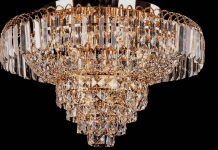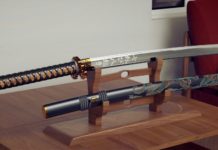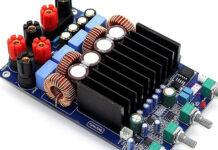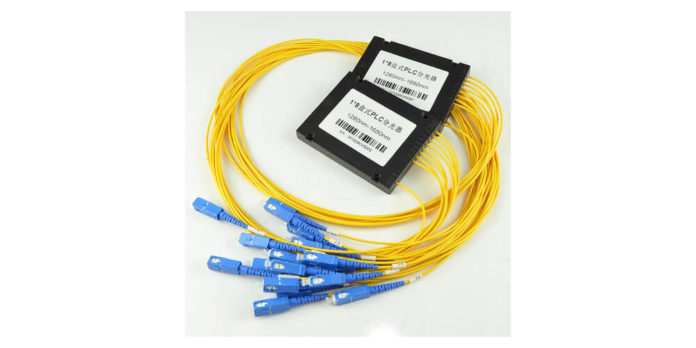A fiber optic PLC splitter also referred to as a beam splitter, is a coplanar waveguide circuit splitter. A waveguide circuit splitter is a passive element that is designed with a unique waveguide using specific materials like planar silica and quartz, among others. The role of a fiber optic PLC splitter, according to Shiningfiber, is used to split a single optical signal strand into a series of strands (two or more). In other words, it is assisting with fiber distribution and does not cost as much as other fiber distribution solutions. There are two main types of fiber optic splitters, which are often confused for each other. In this post, we will be discussing the two types in depth.
1. FBT fiber optic splitters
FBT splitters, also known as fused biconical taper fiber optic splinters, which are the most traditional and the most common type in the market. They are made with two fibers that are placed together, twisted, and fused using heat. In the fusing process, the assembly is elongated and tapered. In FBT splitters, a source signal is designed to control the required ratio for coupling the two fibers. The two fibers are protected using a glass substrate, which is then covered using a stainless steel tube. This type of fiber optic splitter is applied in passive optical networks. They are also often applied in situations where the quantity of split configuration is lower.
2. PLC fiber optic splitters
Another common type of fiber optic splitter is the PLC splitter. This one is commonly applied in the separation or combination of optic signals. Secondly, it is a low-cost model of light distribution, unlike the latter. This type of optical fiber comes with a foam and high-reliability factor. It is constructed using waveguide circuits made of silica. The silica waveguide circuits are aligned using a v-grove fiber array chip. The silica glass substrate helps to provide an environment for routing particular light percentages, and the fiber array chip applied a ribbon type of fiber. All its components are aligned then bonded. After the process, the PLC splitter is encased within a miniature housing. PLC splitters are common in larger applications, and they are a more recent type of optic fiber technology.
Which of the two is better
You can judge the two types of optic fiber splitters using the advantages mentioned below;
Advantages of FBT splitters
- They are more cost-efficient
- They offer higher reliable splits of up to 1:8
- They offer increased sustainability
- The materials from which they are made are more common
Advantages of PLC splitters
- They offer a high-quality performance
- They have high return losses and failure rates
- They provide for low insertion and PDL.
- They offer better spectral uniformity
- They are more compact
Conclusion
Another essential element of the two types of fiber optic splitters that is worth discussing is their drawbacks. FBT splitters’ significant drawback is that their losses are dependent on the wavelength, they cannot guarantee uniform spectroscopy, and they are sensitive to temperature. On the other hand, PLC cables feature a more complicated process of fabrication.
























